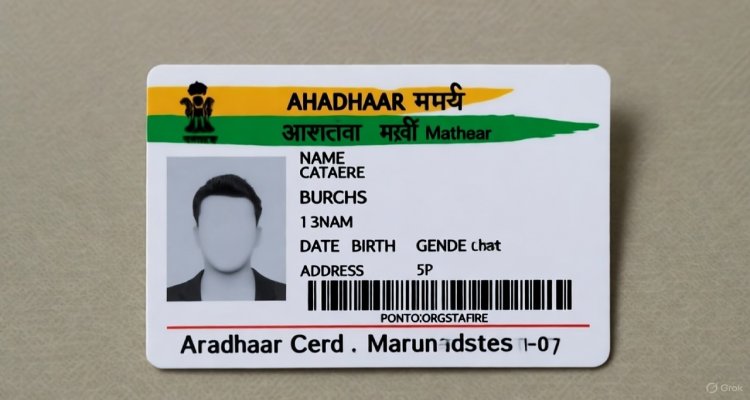Final Bites: The Haunting History Behind Death Row Last Meals
From ancient rituals to modern prison protocols, explore the cultural significance and haunting symbolism of last meals before execution.
Introduction: A Meal Before the End
On the eve of their execution, death row inmates across history have shared a universally haunting ritual: the last meal. Whether it’s steak and eggs or a solitary apple, this final request is more than just food—it’s a snapshot of humanity on the brink of state-sanctioned death. But what does it say about the societies that grant—or deny—this last comfort? And what hidden truths lie behind what’s often dismissed as macabre trivia?
Context & Background: Death, Ritual, and the Last Supper
The concept of a last meal is older than modern prisons. In ancient Greece, condemned prisoners were offered bread and wine, echoing religious rites and beliefs about preparing the soul. In Japan’s Edo period, prisoners were treated to a formal meal shared with their executioner—a final moment of civility before decapitation.
In Western societies, particularly the U.S., the tradition has evolved into a standardized practice: the condemned may request a final meal within cost or ingredient limits, usually consumed hours before execution. Though today it’s largely symbolic, its roots are deep in culture, religion, and the psychology of power.
Main Developments: What They Ate, Why It Mattered
Some last meals are famous, others forgotten. Victor Feguer, executed in Iowa in 1963, asked for a single olive with the pit still in. Timothy McVeigh, the Oklahoma City bomber, requested two pints of mint chocolate chip ice cream. But not all inmates go for indulgence—some refuse food entirely, a quiet act of defiance.
Texas, once known for honoring elaborate requests, ended the tradition in 2011 after Lawrence Russell Brewer ordered a lavish meal—steak, fajitas, fried okra, a triple bacon cheeseburger, a pound of barbecue, and more—then refused to eat a bite. Public backlash led the state to discontinue last meals altogether.
Beyond the spectacle lies an eerie truth: the last meal humanizes the condemned. It reframes them from murderer to mortal, someone with tastes, memories, cravings—someone capable of choosing.
Expert Insight: What Last Meals Reveal About Us
Dr. Helen Friedland, a cultural anthropologist at UC Berkeley, notes, “The last meal is a deeply symbolic act. It’s not just about the prisoner—it’s about us. It asks: how do we treat the condemned? With mercy, ritual, or bureaucratic coldness?”
Research from Cornell University’s 2012 study on death row last meals showed that many inmates order comfort food—fried chicken, pizza, soda—items tied to nostalgia or family. It’s rarely gourmet. “It’s food that makes them feel human again,” says psychologist Dr. Marvin Lee, who’s interviewed over a dozen death row inmates in the U.S.
On the public side, curiosity about last meals has grown into pop culture fascination—books, blogs, and even art installations chronicle the phenomenon. But experts warn that voyeurism can blur ethical lines. “If we turn these meals into entertainment,” Friedland says, “we risk trivializing the gravity of capital punishment.”
Impact & Implications: Who’s Affected, and What Changes
As countries increasingly reevaluate the death penalty, the last meal remains a contested symbol. In countries like Norway and Germany, which have abolished capital punishment, the ritual is now studied academically, rather than enacted.
In the U.S., where capital punishment persists in 24 states, policies around last meals vary wildly. Some states offer generous menus, others limit inmates to standard cafeteria food. Critics argue the practice is outdated or performative, while defenders see it as a small gesture of dignity in an otherwise dehumanizing system.
The implications stretch beyond prison walls. The way society handles last meals can signal broader values: compassion, cruelty, justice—or contradiction.
Conclusion: A Bite of Mortality
In the end, the last meal is not about the food. It’s about the final expression of agency, memory, and culture—one last choice before all choices are gone. Whether granted or denied, devoured or refused, it remains a deeply symbolic moment that forces us to confront the emotional cost of justice.
In studying what the condemned eat, we uncover how we digest death—and how we choose to remember the forgotten.
Disclaimer : This article is intended for educational and informational purposes only. It does not advocate for or against capital punishment and seeks to explore cultural, historical, and psychological perspectives on execution rituals.











